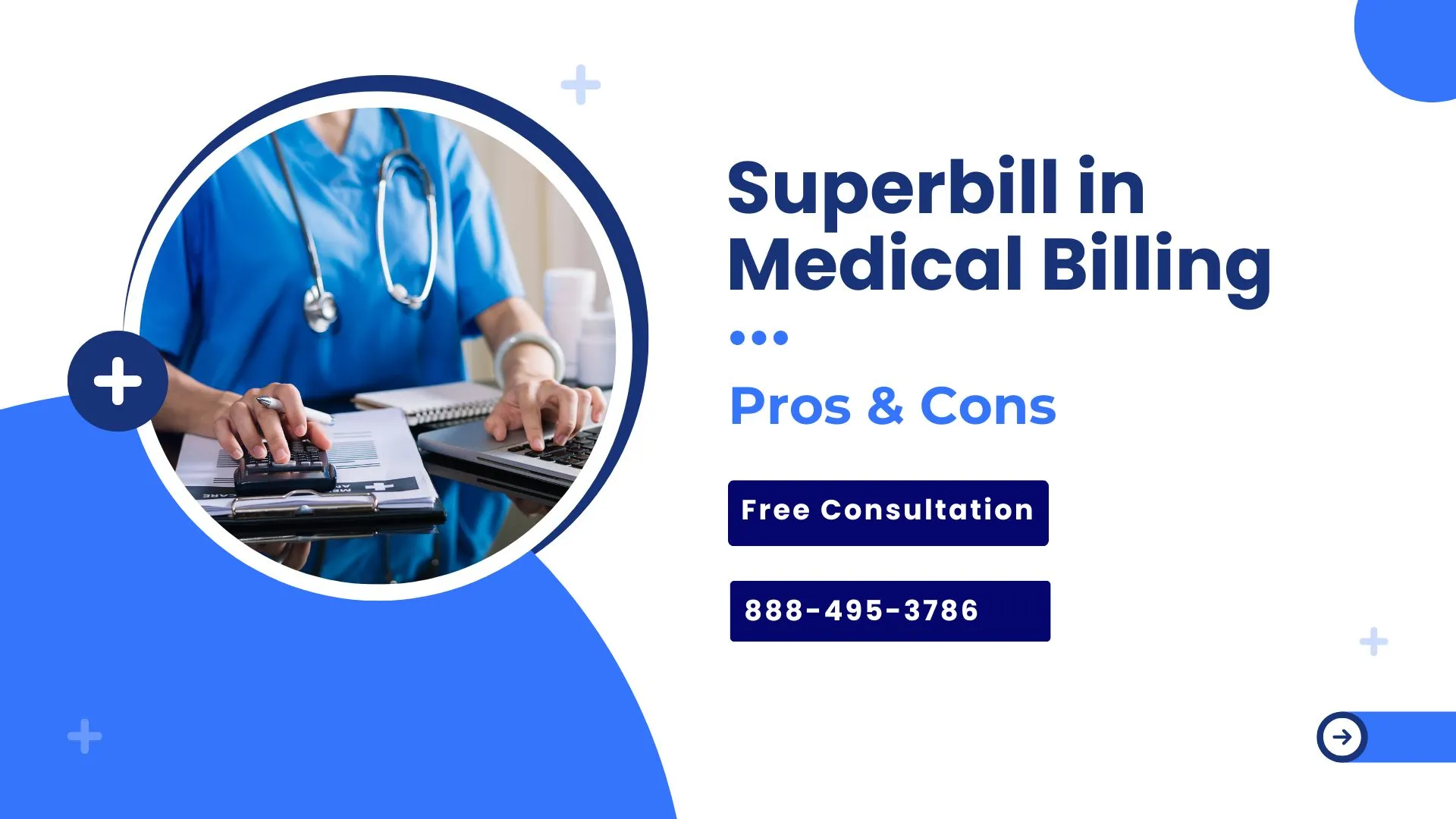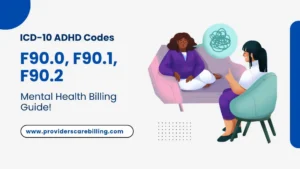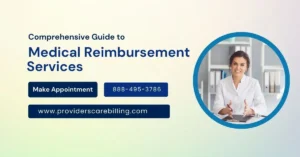When you plan to visit a doctor, you usually expect your insurance to pay your medical costs (some part of it or all). But sometimes things could be different. It can become more complicated, especially when you go to a doctor who is not part of your insurance network.
This is where a medical form called a superbill comes in. In this blog post, we will illuminate important aspects, such as what a superbill is in medical billing and how it benefits you. To learn more, continue reading.
What is a Superbill?
A superbill is a customised receipt that covers all the salient details concerning a patient’s treatment and is issued by the healthcare practitioner upon payment. This includes procedures involved, diagnosis, payment amounts, and the medical practitioner’s name, among other things.
Afterwards, the patient can forward the superbill to the insurance provider to request reimbursement. This is analogous to refund requests after retail transactions. In medicine, this form aims to facilitate insurance reimbursement.
Components of a Superbill
Apart from the definition, the main components of the superbill also need to be discussed.
- Provider information, like the name, NPI number, phone number, and practice address.
- Patient information, including full name, DOB, insurance information, address, and phone number.
- Date and time of the appointment, along with where it was held.
- Diagnosis Codes (ICD-10 that a patient’s illness corresponds to.
- Procedure Codes (CPT/HCPCS) that specify what services were done and all procedures carried out.
- Modifiers for more details on what was done.
- Monetary sums for each service and activity offered or performed.
- The provider’s signature confirms that each step is correct as stated.
Insurance companies need all these details to process superbill claims precisely.
How is a Superbill Used?
This form comes in handy when a healthcare provider is out-of-network and not covered by your insurance. In most cases, payments have to be made upfront.
If your insurance provides out-of-network services, you may be reimbursed for some of the money spent. This works by getting it from the physician, completing a claim form offered by the insurance provider, and sending both the completed form and the superbill to the insurance company. After reviewing the superbill, the insurance company will pay part of the submitted amount.
What Are the Benefits of Using Superbills?
For Patients
This form offers various advantages, especially from a patient’s perspective.
- It makes you see exactly what you are spending on.
- It has every service, test, or procedure carried out and the respective payment mandated for each.
- It helps you make sense of the bill rather than get blanked out by the expenditure.
- It is very difficult to file a claim with an insurance company for out-of-network care without a superbill. An insurance form provides all the relevant information your insurance requires in one document, making things smoother for you.
- It empowers you as a customer and gives you more flexibility. You will not have to be restricted to only in-network providers. You have the option to go to a specialist or therapist who is outside your network, pay them upfront, and then try to reclaim the funds.
For Healthcare Providers
Doctors reap the benefits of using superbills as well.
- It helps physicians in guiding their patients after illness by counselling and keeping track of the services they have rendered for every patient through seasoned medical superbilling techniques.
- It enables them to keep personal records and makes communication with insurance companies easier if the need arises.
- When doctors issue patients a form, they do not have to manage the insurance claim because the patient does, which saves time and cuts down on unnecessary paperwork.
- This is extremely nice for smaller clinics or solo practitioners who do not have an extensive billing department.
- Doctors get paid faster because patients pay them directly at the time of service. This enhances their cash flow and assists them in avoiding the long wait sometimes incurred with receiving insurance payments.
What Are the Drawbacks of Using Superbills?
For Patients
Even though this form might be incredibly useful, they do pose some challenges.
- The greatest problem for the patient is having to pay the full sum at the beginning of the service. This can be problematic if the procedure in question is particularly costly and the patient doesn’t know how to fill out claim forms.
- The wait for the response can stretch to weeks, if not months.
- It is a highly stressful, not to mention complicated, process for patients who are unaware of the complexities of healthcare billing and administrative paperwork.
- The major drawback is the lack of guarantees in a super bill. There are numerous reasons an insurance company may dispute a claim, such as erroneous codes, inadequate details, or even a lack of coverage in the provided plan. This can cause considerable frustration and economic hardship.
For Healthcare Providers
For healthcare providers, superbills can also be a bit complicated.
- If the billing insurance or one of its components is incomplete or inaccurate, the patient’s claim will likely be denied by the insurance company. This can lead to angry patients and more calls or work for the provider. Physicians and their staff also must be knowledgeable about appropriate medical codes and current with regular code updates. If they follow the correct guidelines, the insurance company will reimburse the patient. This can be detrimental to the provider’s reputation.
- Moreover, while the patient may be paying the healthcare provider directly, the provider might still have to explain treatments and deal with insurance inquiries that arise later. This not only increases the workload but also becomes hectic for the provider if a lot of patients are holding forms.
Best Practices for Utilizing Superbills
To know how to use it perfectly, the following practices are useful;
- Ensure patients have clear steps to follow for submitting this form to insurance for reimbursement, including documents, deadlines, and proof of submission.
- To increase precision, enhance staff proficiency on coding standards, and train them on the latest ICD and CPT codes.
- Automate superbill medical creation with the use of EHRs to decrease errors and save time.
- 70% of the claims submitted through these billing forms are denied. Audits need to be conducted to identify whether these forms are accurate and compliant with the respective healthcare systems. This is to ensure that claim denials are minimised.
Accurate diagnosis coding is key when creating a superbill—learn how ICD-10 Code F41.1 applies to Generalized Anxiety Disorder (GAD).
Final Thoughts!
To answer the question in short, “What is a superbill in medical billing? ”, it is an invoice that assists the patient in claiming reimbursement from their insurance provider after paying the physician directly. These forms are very helpful, particularly when one has to visit a healthcare practitioner who is not within a recognized network.
However, it also has some stock for those in-network care situations. If all the parties agree and use billing best practices, superbills can undoubtedly simplify the billing process in healthcare and make it less opaque.




